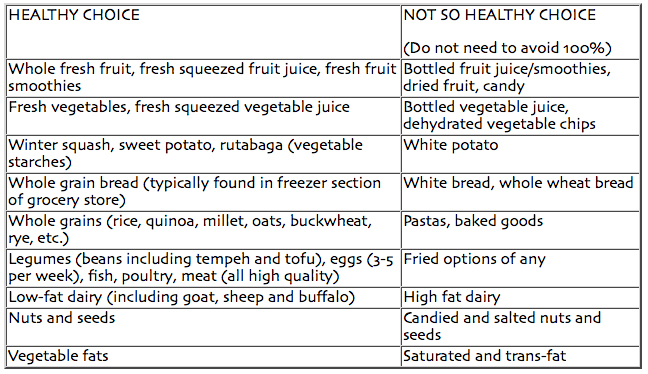We keep reading about how being overweight leads to diabetes, so we asked our nutrition expert Stefanie Sacks to explain the different types of diabetes and what the danger might really be …
ROAD TO WELLNESS: TAKING ON ADULT ONSET DIABETES (TYPE II)
Let’s not get adult onset diabetes (type II) confused with juvenile diabetes (type I). Adult onset can be avoided and controlled through diet and lifestyle choices alone (though sometimes medical intervention is necessary). Juvenile cannot.
First things first…diabetes type II results from insulin resistance (a condition in which the body fails to properly use insulin), combined with relative insulin deficiency. Insulin is a hormone that “unlocks” the cells of the body, allowing glucose to enter and fuel them. Most Americans living with diabetes have type II diabetes. And type I diabetes (making up only 5-10% of the population) results from the body’s failure to produce insulin.*
For the purpose of this post, I am going to focus on type II because it has become an EPIDEMIC!
57 Million Pre-Diabetics
Now, before a person develops diabetes type II, she will almost always be “pre-diabetic,” meaning that blood glucose levels are higher than normal (but not yet high enough to be diagnosed as diabetes). Recent research has shown that some long-term damage to the body, especially the heart and circulatory system, may already be occurring during pre-diabetes.* Research has also shown that if you take action to manage your blood glucose when pre-diabetic, you can delay or prevent type II diabetes from ever developing.
So, everyone, this is YOUR WAKE UP CALL. If you don’t listen by changing your diet and lifestyle, you will miss the train to wellness! Grab the ticket and hop aboard! You have the power to delay or prevent type II diabetes from ever developing!
If you can’t see yourself doing that, then this is what you have to look forward to as potential complications related to the disease:
Heart disease and stroke
High blood pressure
Blindness
Kidney disease
Nervous system disease
Amputations
Dental disease
Am I trying to scare you? Well, maybe a little, although everything on this list is possible. But, most importantly, I want you all to know that Diabetes type II CAN BE AVOIDED AND MANAGED by making health supportive food and lifestyle choices.
What are those choices? What I think will be most helpful is to answer this question with a food table (something I am big on)! This table outlines foods that take our bodies a little longer to break down (this is what we want!!!).
Two last thoughts:
I know the food choices seem rather general and making the transition a little daunting. Remember — nothing has to be done to the extreme. Be a conscious eater. Start to put a little more thought into what you’re eating and switch the not-so-healthy choice for the healthy choice. And, make sure to eat 5-6 small “meals” a day, leaving ONLY 2-3 hours between “meals.” Your day can look like this:
TIME MEAL FOOD SUGGESTION
7-8 am Breakfast
Fresh fruit
Hard boiled egg
Whole grain toast
10-11am
Snack Mixed nuts
12-1 pm Lunch
Soup
Large green salad with grilled tofu, fish, poultry (or some beans)
2-4 pm
Snack Yogurt
6-8 pm Dinner
Vegetable
Starch (whole grain, pasta, potato, squash)
Fish, poultry, meat (or vegetarian option such as beans, tempeh or tofu)
Also, pay close attention to food combining, i.e. make sure to have a vegetable, fruit, starch and grain with a little protein or fat. Take a look at the meal chart; this should give you an idea as to what I mean.
Until next time! And remember to shoot me an email if there is something specific you want me to cover.
Stefanie@snoety.com
______________________________________________
*American Diabetes Association


